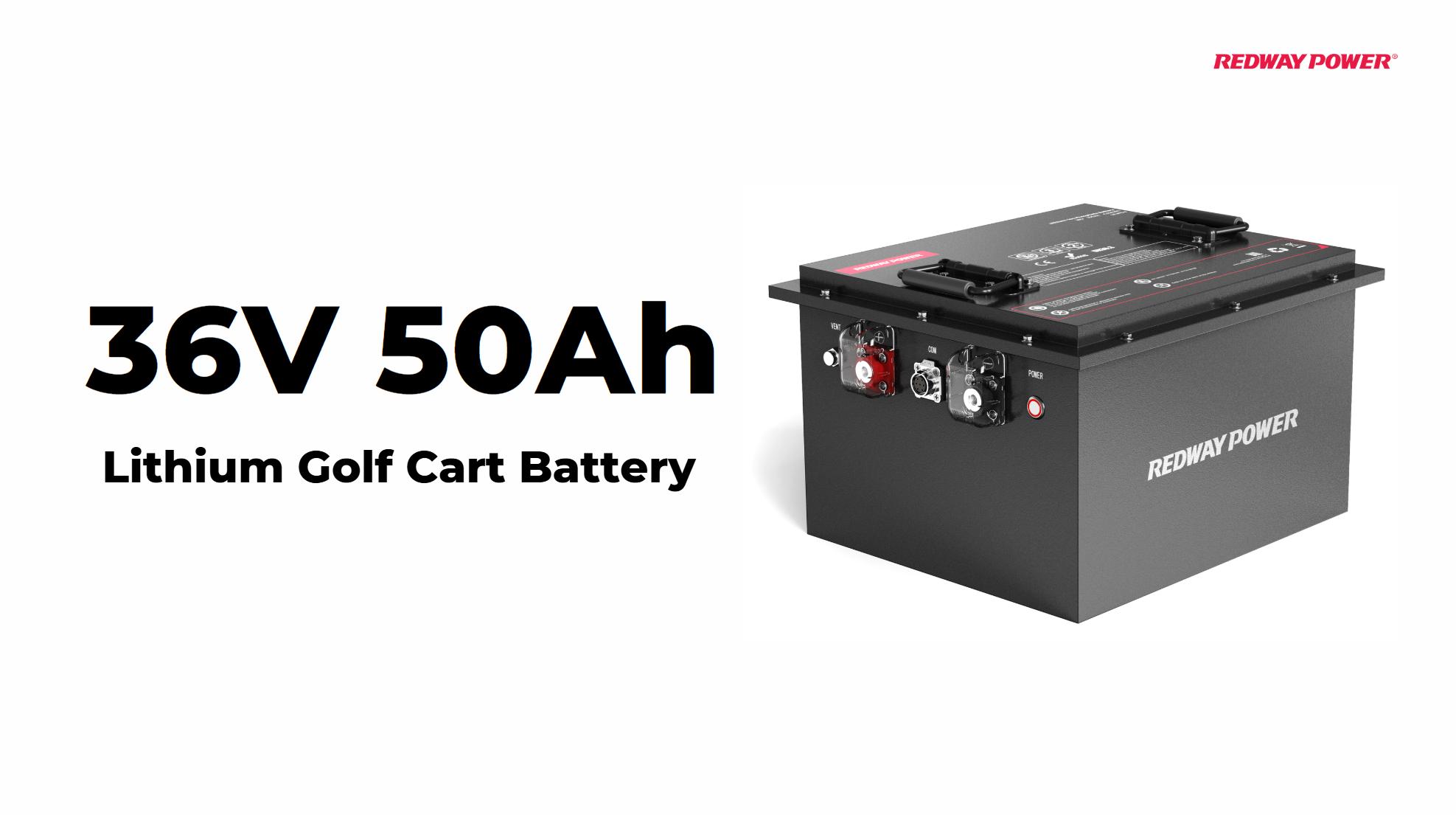Charging a 36V lithium battery with a 12V charger is not advisable, as it will not provide sufficient voltage for effective charging. Using the correct charger is essential to ensure safety and efficiency while maximizing battery lifespan.
Can a 12V Charger Charge a 36V Battery?
A 12V charger cannot effectively charge a 36V battery because it lacks the necessary voltage output. To charge a lithium battery rated at 36 volts, you need a charger that typically outputs between 40-42 volts to ensure proper charging and avoid potential damage.
What Happens When Using a 12V Charger on a 36V Battery?
When attempting to charge a 36V battery with a 12V charger, several issues can arise:
- Incomplete Charging: The battery may not reach its full capacity, leading to reduced performance.
- Overheating: The charger can overheat due to prolonged use without adequate voltage.
- Battery Damage: Continuous attempts to charge with insufficient voltage can lead to cell damage or reduced lifespan.
Consequences of Using an Incompatible Charger
| Issue | Description |
|---|---|
| Incomplete Charging | Reduced capacity and performance |
| Overheating | Risk of fire hazards and damage |
| Battery Damage | Potential cell failure and decreased longevity |
What Are the Risks of Charging a 36V Battery with a 12V Charger?
Charging risks include:
- Ineffective Charging: The battery may remain uncharged or only partially charged.
- Overheating: The charger might overheat, posing safety hazards.
- Potential Damage: Insufficient voltage can lead to permanent damage or reduced lifespan of both the battery and charger.
What Is the Recommended Charger for a 36V Lithium Battery?
For optimal performance and safety, use a dedicated charger designed for lithium batteries that outputs between 40-42 volts. These chargers are specifically engineered to handle lithium chemistry, ensuring efficient and safe charging.Recommended Charger Specifications
| Specification | Details |
|---|---|
| Voltage Output | Typically between 40-42 volts |
| Compatibility | Designed specifically for lithium batteries |
| Safety Features | Overcharge protection, temperature monitoring |
What Are Alternative Solutions for Charging a 36V Battery?
If you lack access to an appropriate charger, consider these alternatives:
- Dedicated Chargers: Purchase chargers specifically designed for your battery’s voltage.
- Universal Chargers: Use chargers with adjustable voltage settings that can accommodate both lower and higher voltages but ensure proper settings are applied.
How Does Voltage Affect Battery Charging?
Voltage plays an essential role in charging batteries:
- A higher voltage than the battery rating is required to initiate charging.
- Insufficient voltage results in ineffective charging cycles, which can lead to diminished performance and longevity.
What Are the Safety Features of Modern Chargers?
Modern chargers come equipped with various safety features:
- Overcharge Protection: Prevents excessive voltage from damaging the battery.
- Temperature Monitoring: Ensures safe operating temperatures during charging.
- Automatic Voltage Detection: Adjusts output based on connected battery specifications.
How Can You Identify Compatible Chargers for Different Batteries?
Identifying compatible chargers involves:
- Checking Voltage Ratings: Ensure that the charger’s output matches or exceeds the required voltage.
- Understanding Chemistry Compatibility: Different batteries (e.g., lead-acid vs. lithium) require specific charging profiles.
- Consulting Manufacturer Guidelines: Always refer to manufacturer specifications for optimal compatibility and safety.
Expert Views
“Charging practices are crucial in ensuring both safety and longevity of batteries,” emphasizes Dr. Sarah Thompson, an expert in battery technology. “Using the correct charger not only maximizes performance but also mitigates risks associated with improper charging methods.”
FAQ Section
- Can I charge my 36V lithium battery with a 12V charger?
No, using a 12V charger is not advisable as it will not provide sufficient voltage for effective charging. - What happens if I try to charge my battery with insufficient voltage?
The battery may remain uncharged or only partially charged, leading to reduced performance and potential overheating of the charger. - What type of charger should I use for my 36V lithium battery?
A dedicated charger that outputs between 40-42 volts is recommended for safely charging your lithium battery. - What are the risks of using an incompatible charger?
Risks include incomplete charging, overheating, reduced performance, and possible damage to both the charger and the battery. - How can I ensure safe charging of my lithium batteries?
Always use chargers specifically designed for your battery’s voltage and chemistry, ensuring they have safety features like overcharge protection.
All Need to Know About Charging Lithium Batteries
- Can I use a 12V charger on my 36V lithium battery?
No, using a 12V charger on a 36V lithium battery is not advisable as it will not provide sufficient voltage for effective charging. - What happens if I try to charge my 36V battery with a lower voltage?
Charging with insufficient voltage can lead to incomplete charging, overheating of the charger, and potential damage to the battery cells. - What type of charger should I use for my 36V lithium battery?
You should use a dedicated 36V charger, typically outputting between 40-42 volts, designed specifically for lithium batteries. - What are the risks of using an incompatible charger?
Risks include incomplete charging, overheating, reduced performance, and possible damage to both the charger and the battery. - How can I ensure safe charging of my lithium batteries?
Always use chargers specifically designed for your battery’s voltage and chemistry, ensuring they have safety features like overcharge protection.




